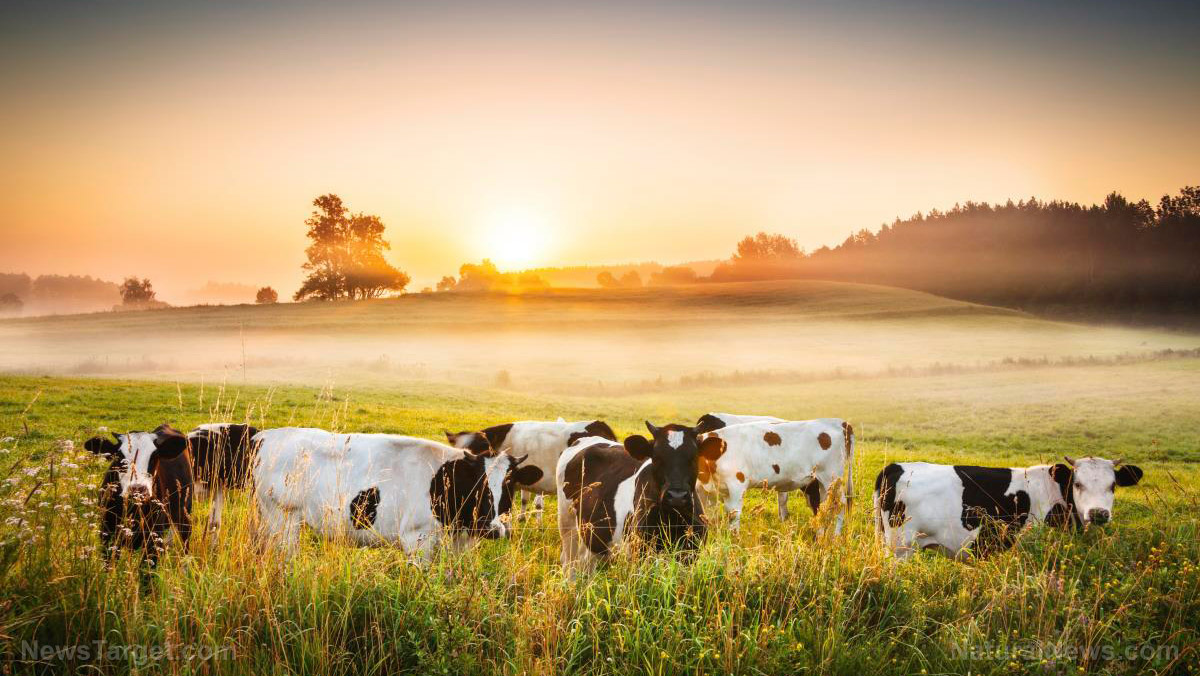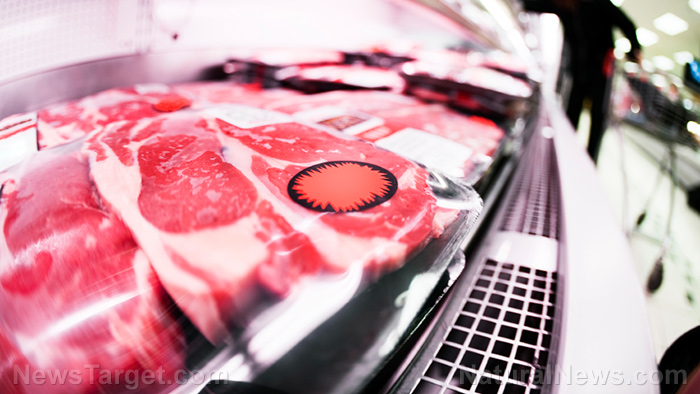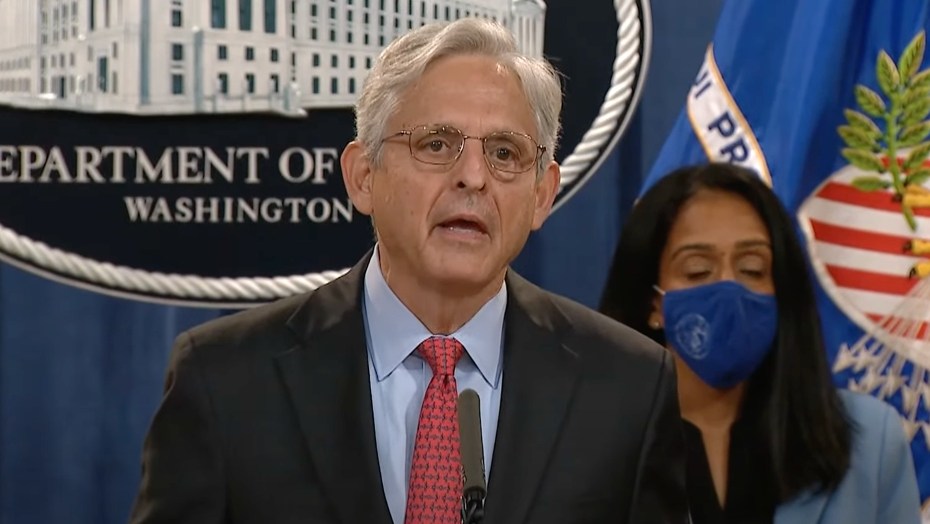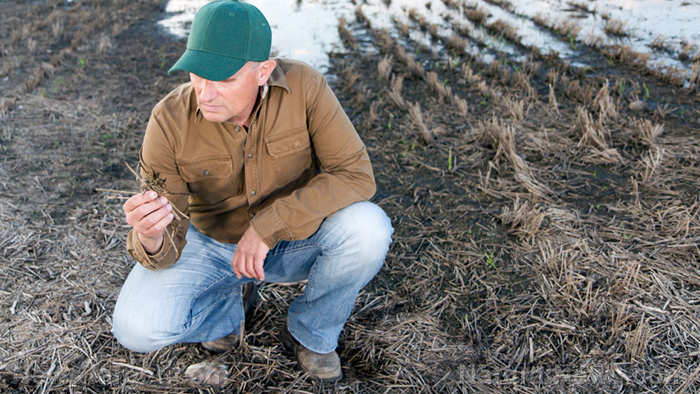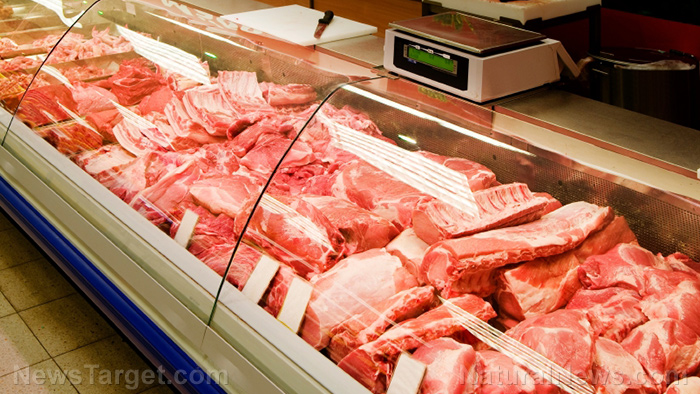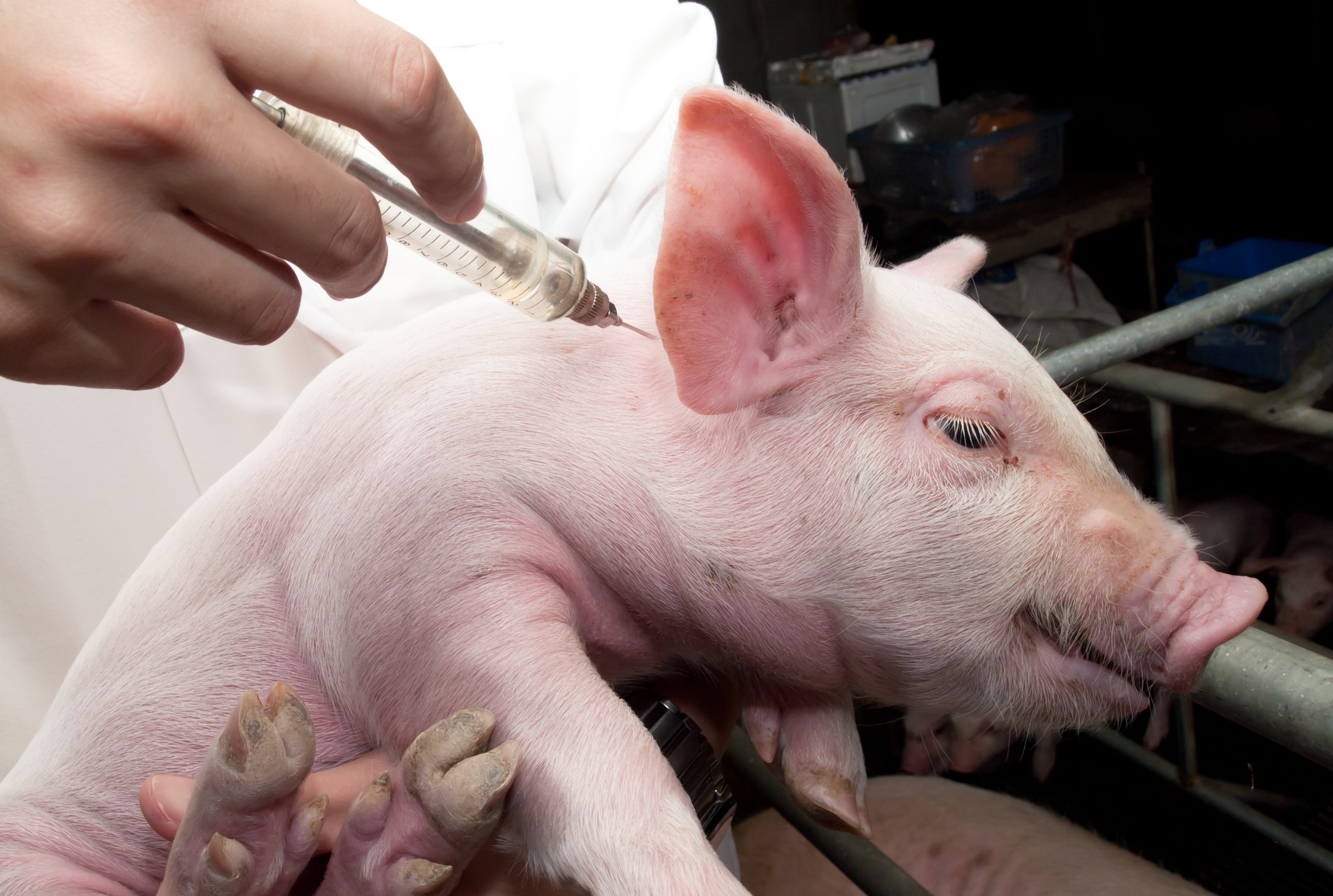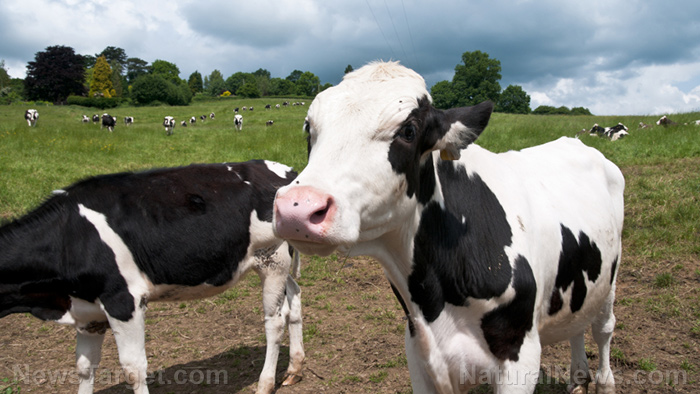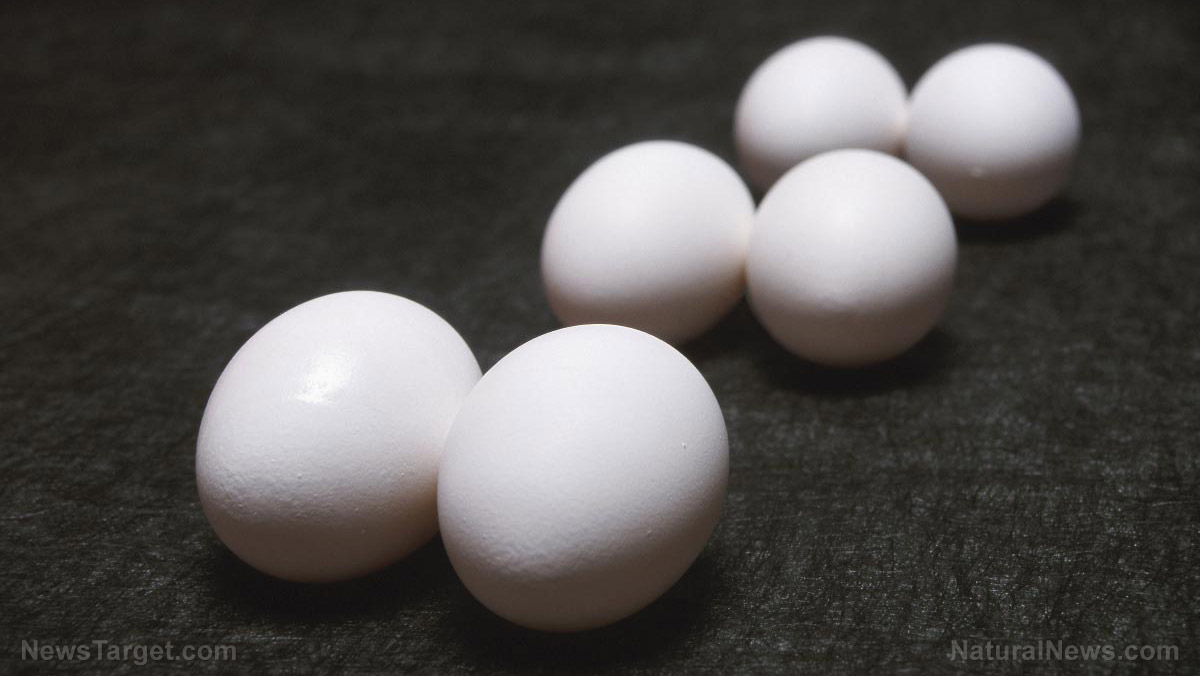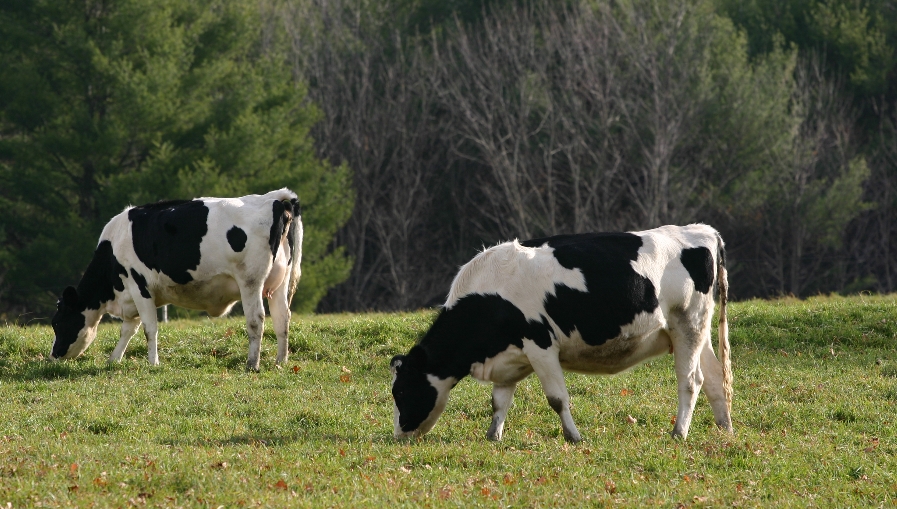
Less precipitation in central California and restricted water supplies coming in from the Colorado River to the southernmost parts of the state have withered many summer crops like tomatoes and onions.
Tomatoes are some of the hardest hit by this year's lower-than-average rainfall and reduced water allocations. Drought conditions, coupled with Hurricane Ian ravaging tomato crops in Florida and existing inflationary conditions pushing prices up, are likely to make tomatoes far more expensive. (Related: FOOD COLLAPSE: California's ongoing drought has left over half a million acres of farmland unplanted.)
"There's just not enough water to grow everything that we normally grow," said Don Cameron, president of the California State Board of Food and Agriculture. Cameron grows tomatoes, onions, garlic and around a dozen other crops near Fresno.
Since the current drought in California began in 2020, conditions in California's Central Valley have only gotten worse. It experienced its driest January and February earlier this year. Snowpack, which supplies surface water for much of the Central Valley, only provided 38 percent of its historic average by April.
"I don't think farming in California has ever been more complex and more challenging, and the drought is a large part of that," said Aaron Barcellos, a farmer near Firebaugh. He only planted a quarter of the 2,000 acres of his family's fourth-generation farm. This summer, he had to harvest his tomatoes two weeks early to prevent further drought damage.
Ninety-five percent of America's processed tomato production is in California. This accounts for about 35 percent of the world's supply of processed tomatoes.
In August, the U.S. Department of Agriculture (USDA) slashed its yearly tomato harvest forecast by 10 percent down from 12.2 million metric tons (13.45 million tons) to 10.5 million metric tons (11.57 million tons). This is 10 percent below what had been projected in May, and two percent below the previous year's production total.
In a different estimate, the Processing Tomato Advisory Board believes growers will only be able to meet 82 percent of this already lowered target goal.
California grows more than one-third of America's vegetables and three-quarters of its fruits and nuts.
Because of the massive shortfall, farmers have negotiated higher prices for tomatoes, onions, garlic and other crops.
"What you're seeing harvested this summer, that really hasn't even hit the grocery shelf, is a 25 percent increase in the cost of the product to the processors – the canners, the buyers downstream," said Cameron. "The onions and garlic have already been negotiated for 2023, with another 25 percent increase."
Cameron said tomato prices will face a similar price increase, resulting in a 50 percent increase in cost to canners and processors until 2023.
The price of fruits and vegetables has already risen by 9.4 percent from a year ago and 0.5 percent from July. Tomato prices rose by 2.3 percent from July to August.
Drought conditions in California persist
The USDA said in a late August report that drought conditions and high temperatures in California "have made it difficult for growers to meet demand."
The U.S. Drought Monitor – a collaboration between the USDA, the National Oceanic and Atmospheric Administration and the University of Nebraska-Lincoln – reported that 94 percent of California could be classified as being under severe, extreme or exceptional drought conditions as of the first week of October.
This is only slightly lower than in early July, when 97.5 percent of California were under such drought conditions.
Learn more about droughts in America at Climate.news.
Watch this episode of the "Health Ranger Report" as Mike Adams, the Health Ranger, talks about the United Nations' food chief warning about "hell on earth" due to famine.
This is from the Health Ranger Report channel on Brighteon.com.
More related articles:
Satellite imagery shows "agriculture wasteland" across the rice capital of California.
Food supply THREAT: If California cuts off water to farms, ALL of America will face food shortages.
Sources include:
Please contact us for more information.








